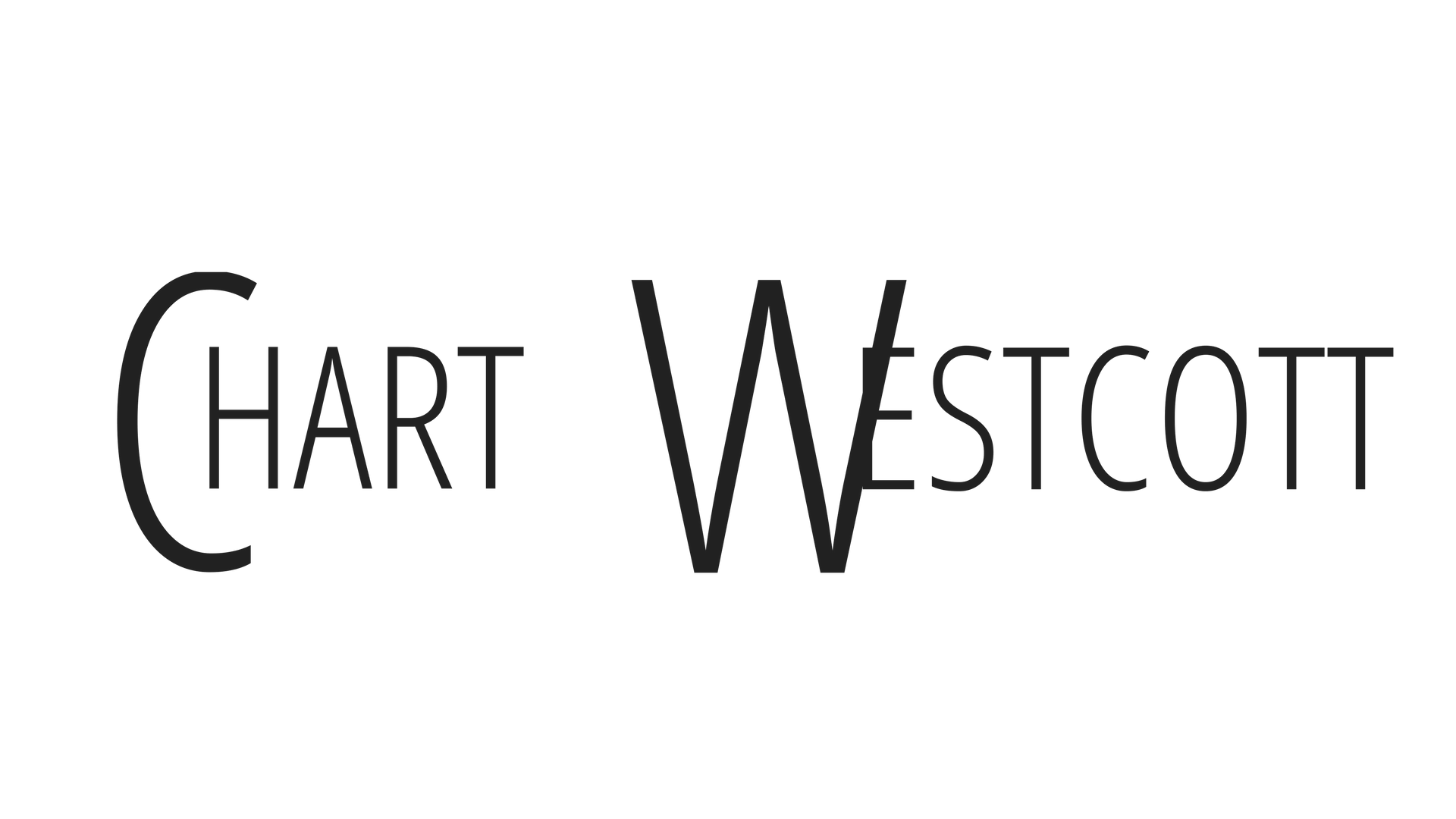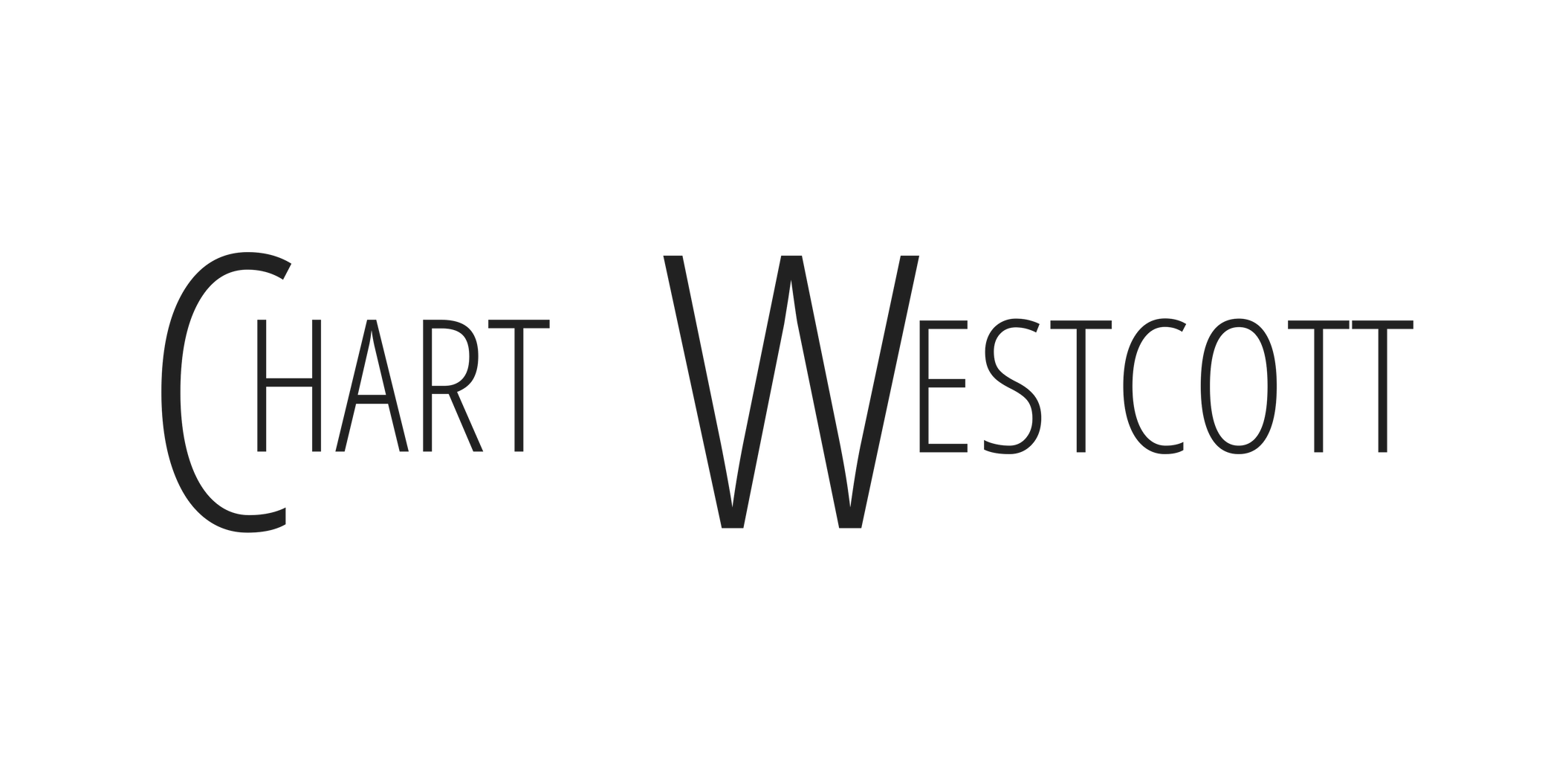New information from the Pew Research Center shows that Millennials are now the largest generation in the U.S. workforce making it critical that companies update their processes to attract top talent. Nevertheless, generations outside of Millennials should not be ignored as their talents, skills, and experience are indispensable. To cultivate the benefits of an age-diverse workplace and to better prepare the company for success, use these guidelines for hiring and retaining the three generations.
According to the American Psychological Association, the generations can be stereotyped to allow for easier understanding of the different age groups; however, when held too tightly, these stereotypes can lead to discrimination and failure to understand employees beyond their birth year. Use the following categorization to help better define ways to attract top talent across the generational span.
Baby Boomers:
- Born from 1946-1964
- Optimistic
- Teamwork and cooperation
- Ambitious
- Workaholic
Generation X:
- Born from 1965-1980
- Skeptical
- Risk-taking
- Self-reliant
- Balances work and personal life
Millennials:
- Born from 1981 to 2000
- Hopeful
- Meaningful work
- Diversity and change valued
- Technologically savvy
Communication. Once there is an understanding of the preferences and characteristics of the different age groups, the knowledge can be used to determine the best ways of communication. For example, throughout their education, millennials have worked closely with technology and social media, making the internet an ideal place to attract top talent. Whereas the boomer workforce spent a good portion of their careers, let alone their entire schooling, without the internet, making new age technology a less impactful resource. Generation Xers, on the other hand, entered the workforce as digital technology became more prominent. Therefore, this age group has been able to adapt and engage in personal branding and entrepreneurial ventures.
Culture. It comes as no surprise that each generation’s specific preferences impact the average work day and what is expected. Typically, boomers display a strong work ethic and favoritism for being needed and a part of a team. Companies can appeal to this generation by offering the opportunity to mentor younger generations and showing the companies need for them as workers. Generation X likes being depended on; companies should utilize this information to create the kind of culture that makes workers feel like their work is essential and valuable to the business. A culture offering strong communication and support is the best way to attract Millennials as they prefer real-time feedback and validation.
Interviews. This step of the recruiting process is one of the most important. The meeting allows the company to understand the candidates, as well as enables the candidate a chance to learn about the organization. While each individual should receive the same treatment, it is important to note a few crucial elements. First, avoid particular wording that could alienate potential candidates, such as “How old are you,” “Do you plan to have children,” or “Your generation…” Secondly, each interviewee should receive the same information as the others. Do not assume that specific programs only appeal to specific age groups.



